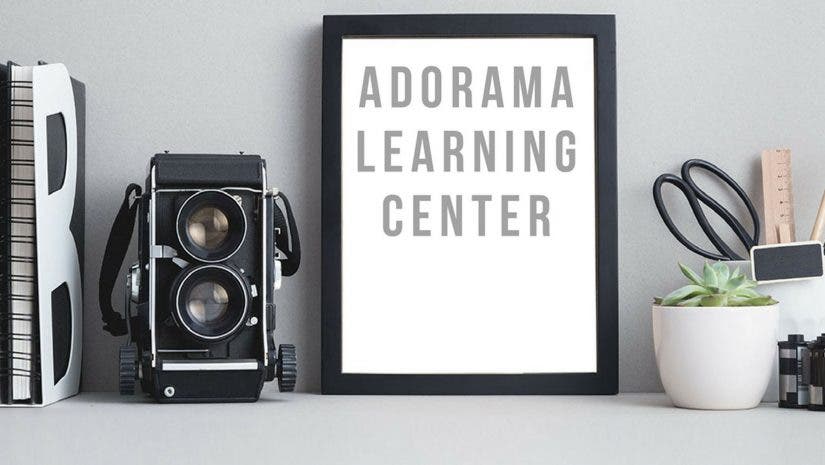This is the kind of stuff that captures the attention and imagination of art history majors and early photography fans alike. Until recently, Edvard Munch was best known for his painting, “The Scream,” the foremost of a lifetime of psychologically-themed expressionist art. But recently a collection of his photography was unearthed and is now on display at a gallery in New York City, and it’s fascinating for its experimental qualities.
As with several other impressionistic artists of the turn of the century, the Norwegian artist turned to the relatively new medium of photography in order to explore new forms of creativity. He relied on multiple exposures, deliberate blurring of subjects, and odd angles that look like they’re trying to capture an agitated state of mind—much like his paintings. Whether his photography influenced his art or the other way around could become the subject of a lively debate for art history buffs.
The photos, which are a part of “The Experimental Self: Edvard Munch’s Photography,” an exhibit at the Scandinavia House, 58 Park Ave., in New York through April 7, “emphasizes the artist’s experimentalism, examining his exploration of the camera as an expressive medium,” says the gallery. “By probing and exploiting the dynamics of ‘faulty’ practice, such as distortion, blurred motion, eccentric camera angles, and other photographic ‘mistakes,’ Munch photographed himself and his immediate environment in ways that rendered them poetic. In both still images and in his few forays with a hand-held moving-picture camera, Munch not only archived images, but invented them.”
The discovery of Munch’s photography is just further evidence of the influence of photography on impressionism. Edgar Degas, for example, used handheld cameras to capture scenes that would directly affect how he composed his paintings of ballerinas; Paul Gauguin, Pierre Bonnard, Eduorard Vuillard, and others were also influenced by photography in developing their style as in the late 1800s and early 1900s.




